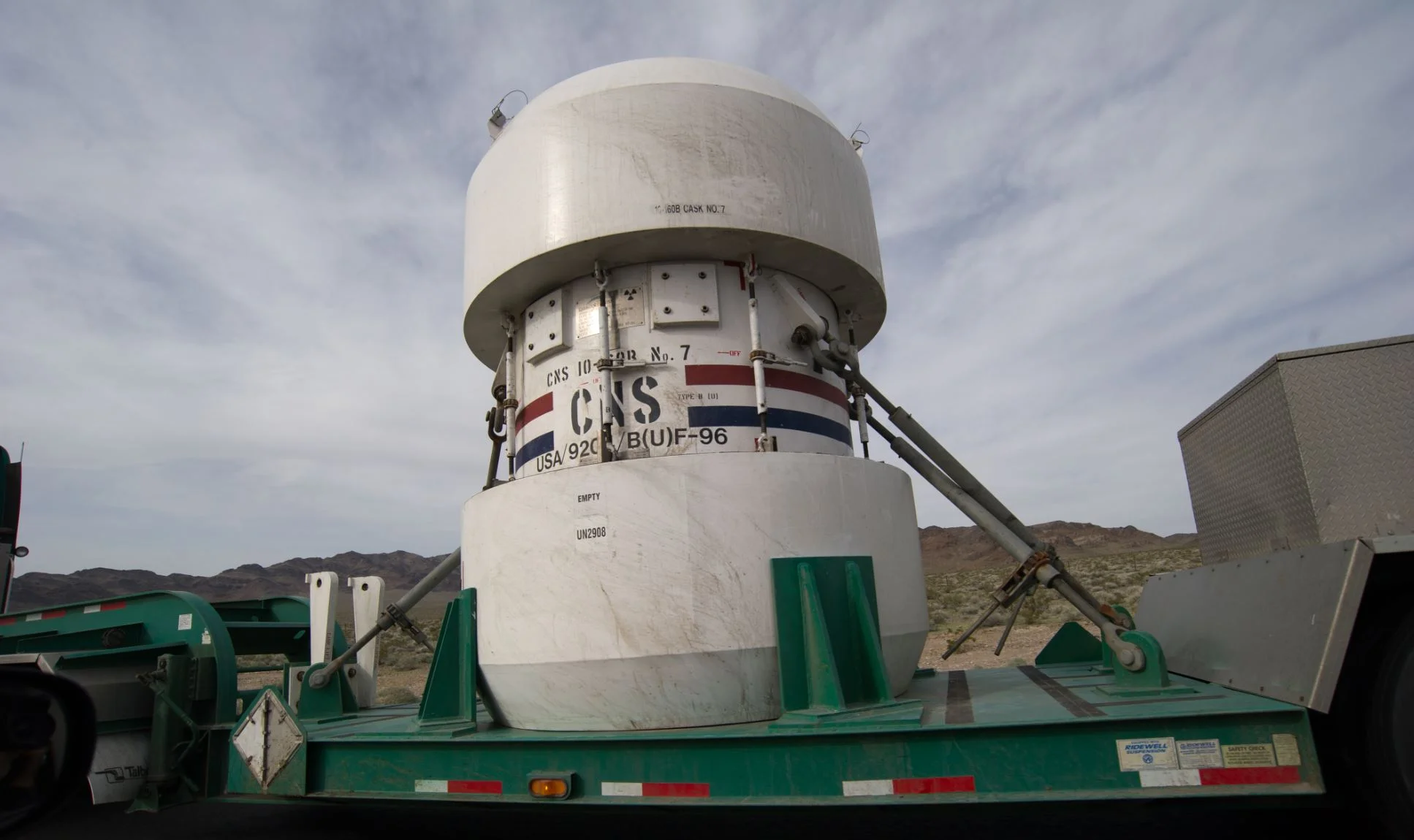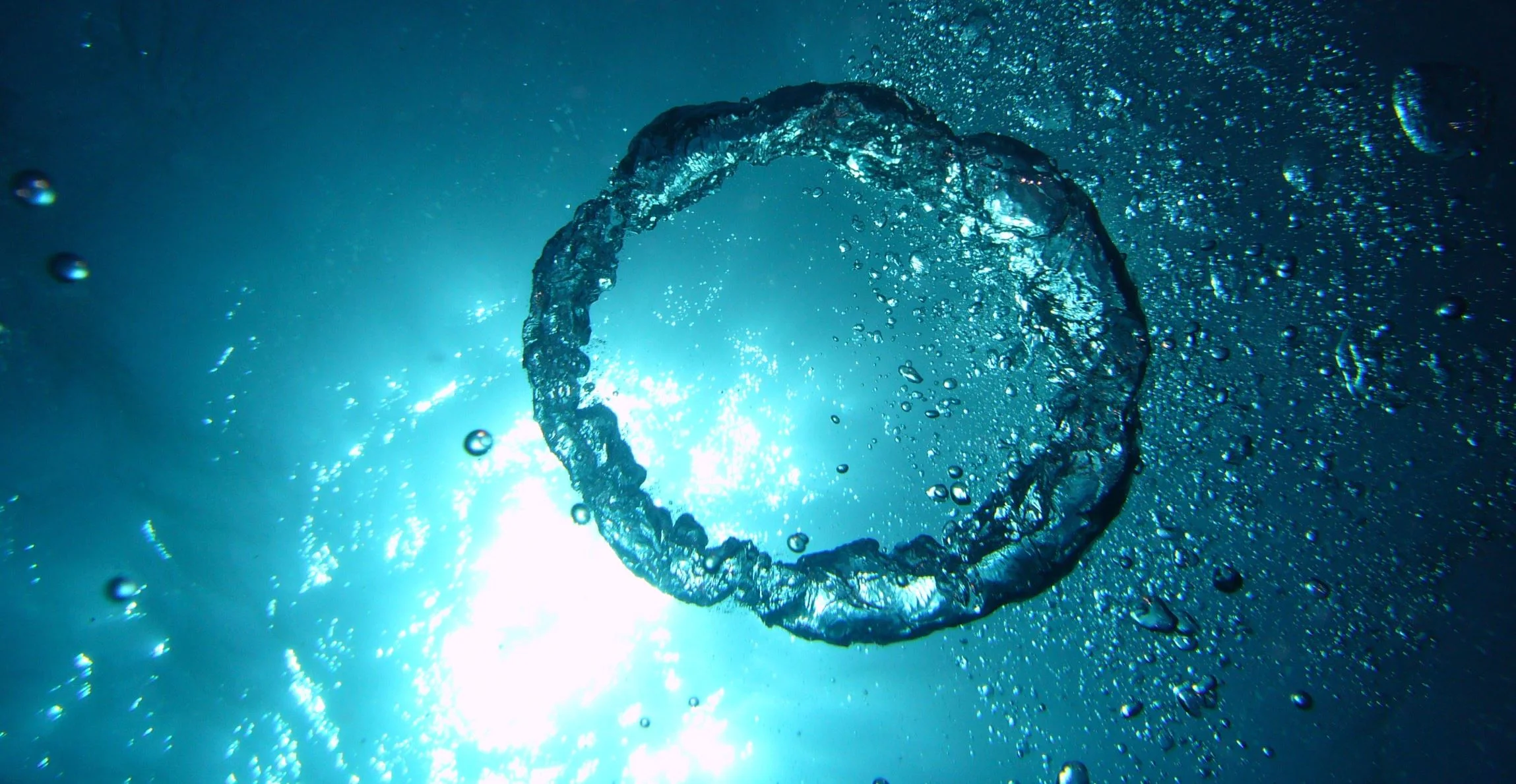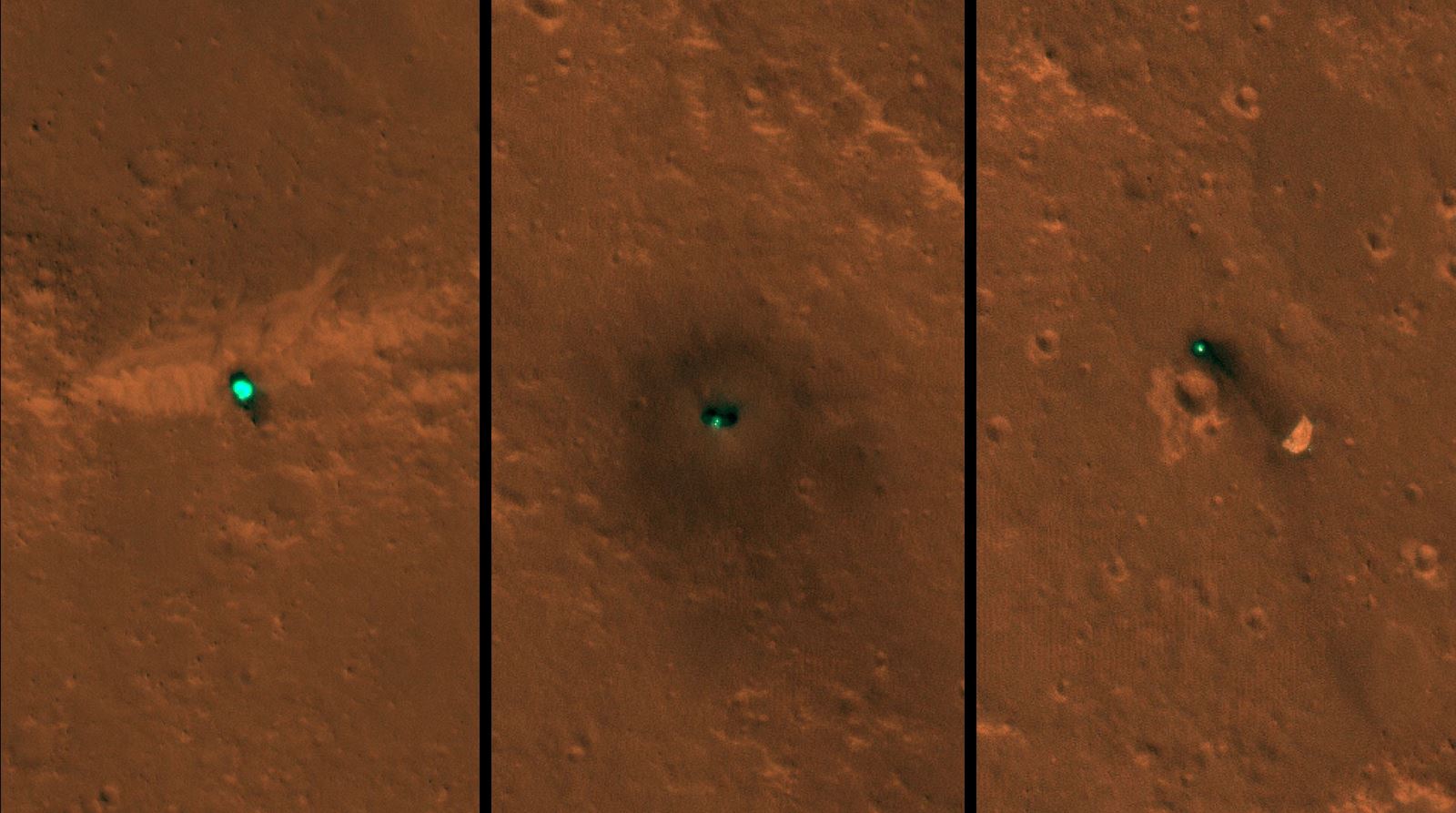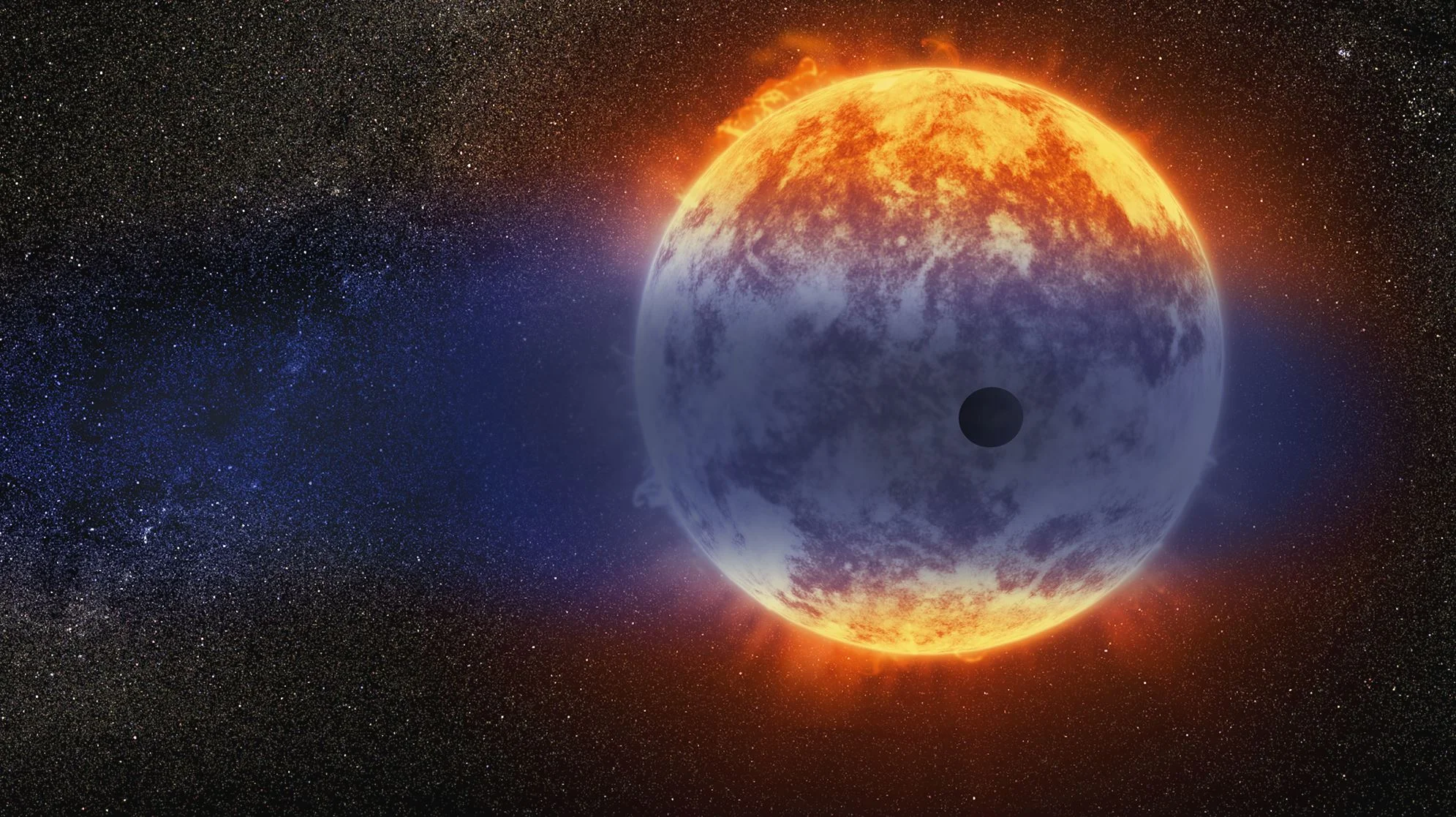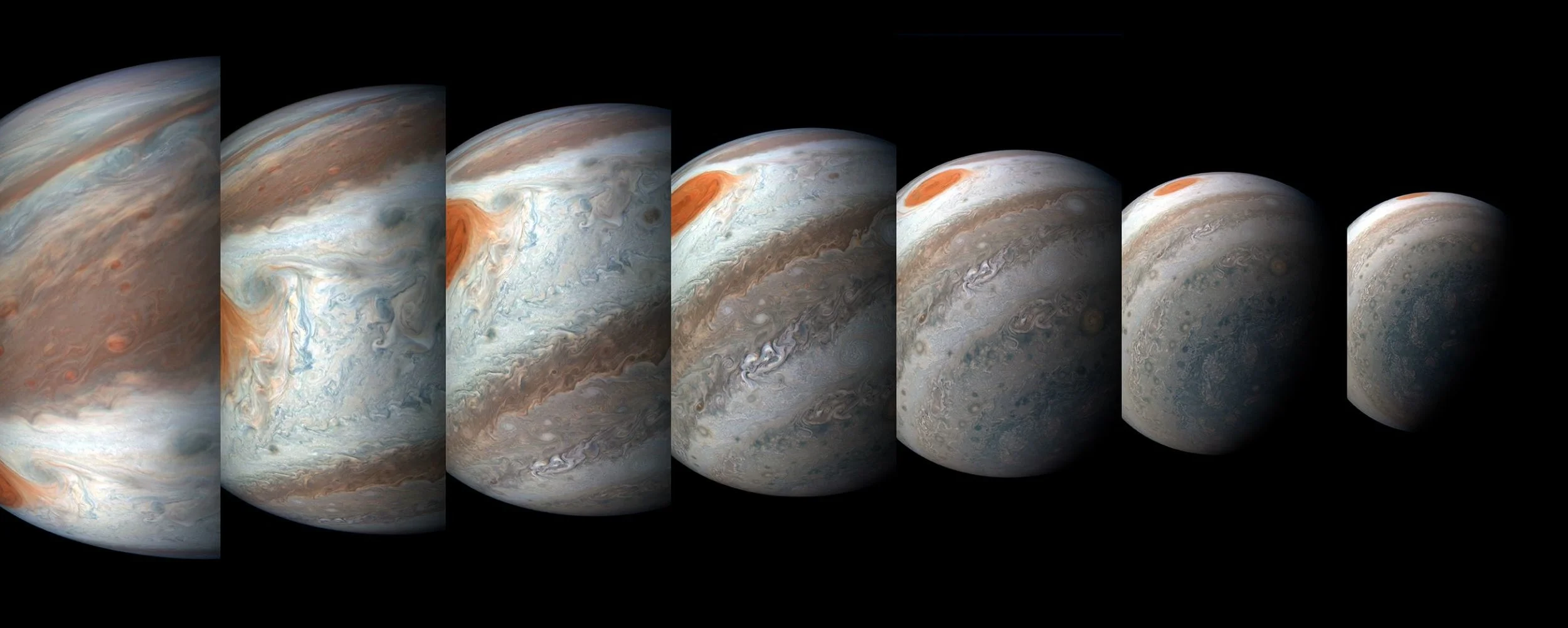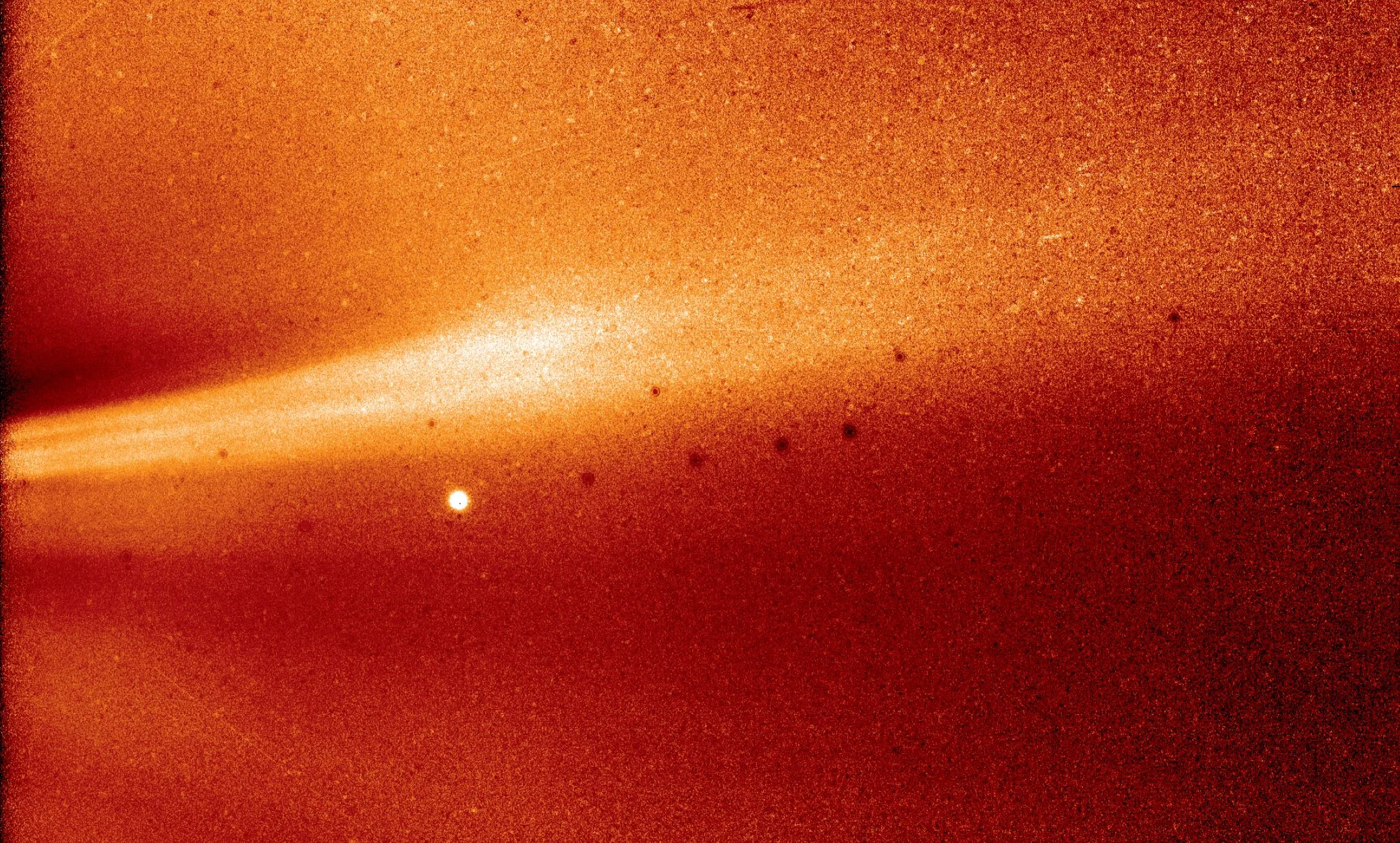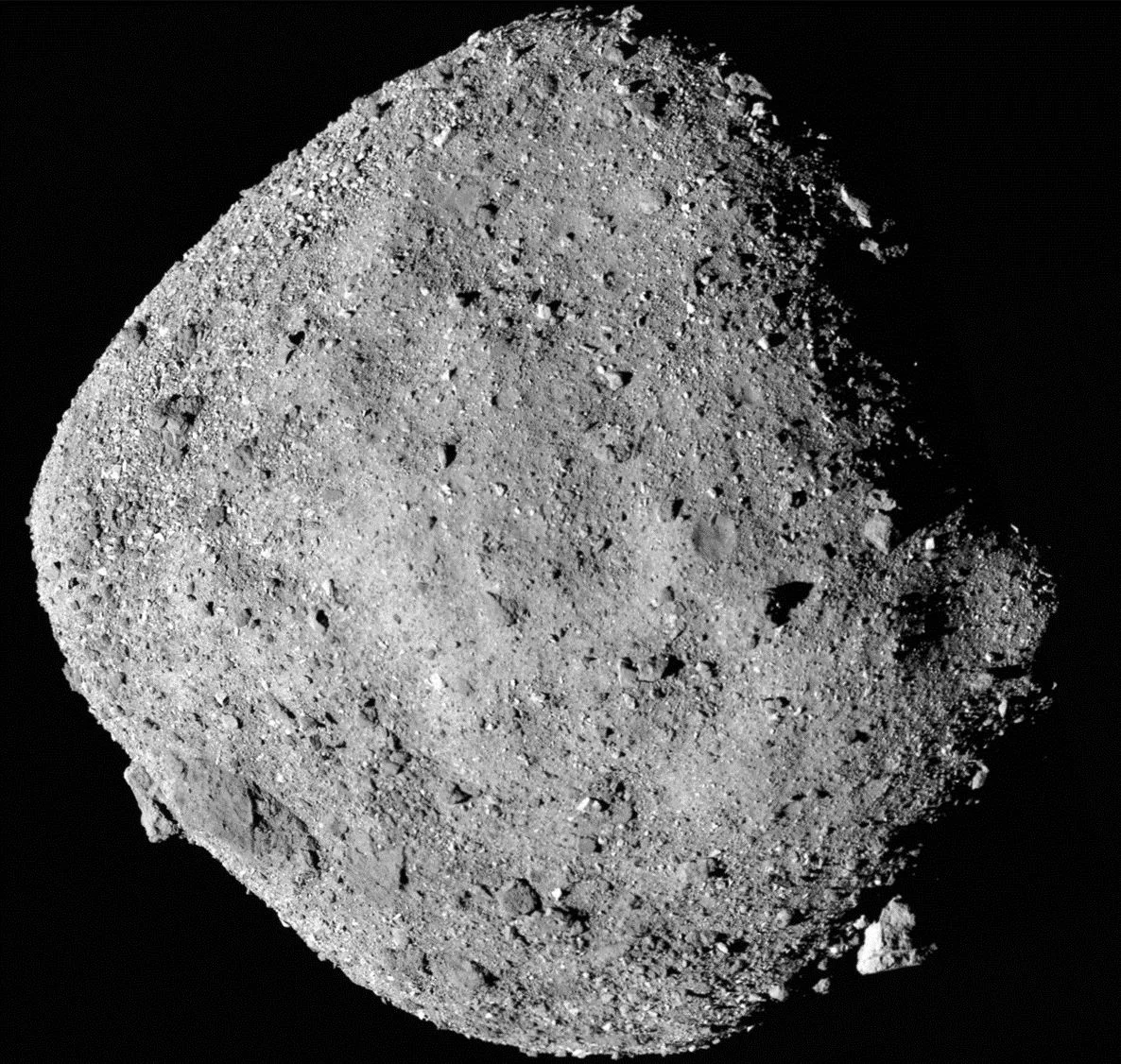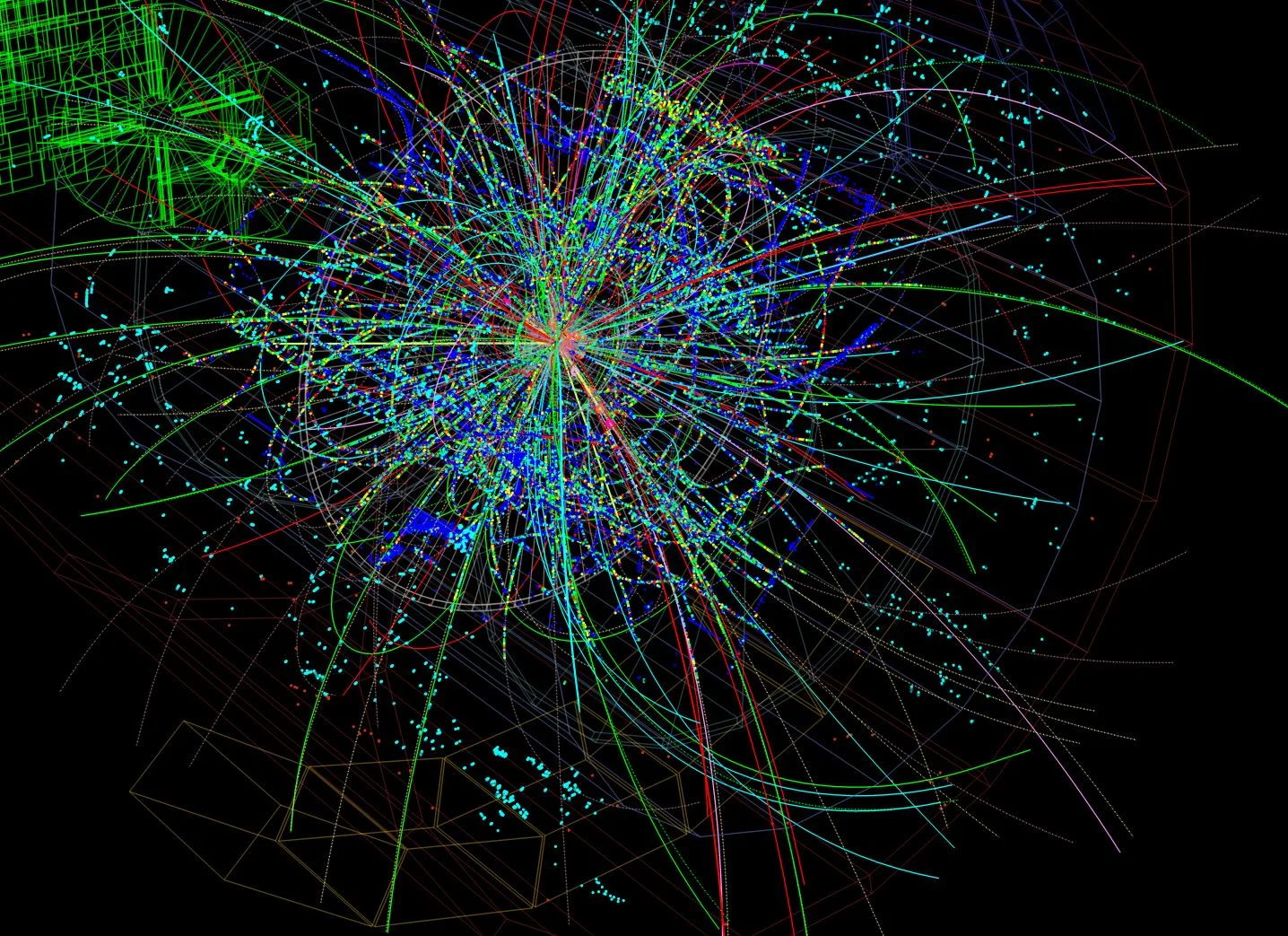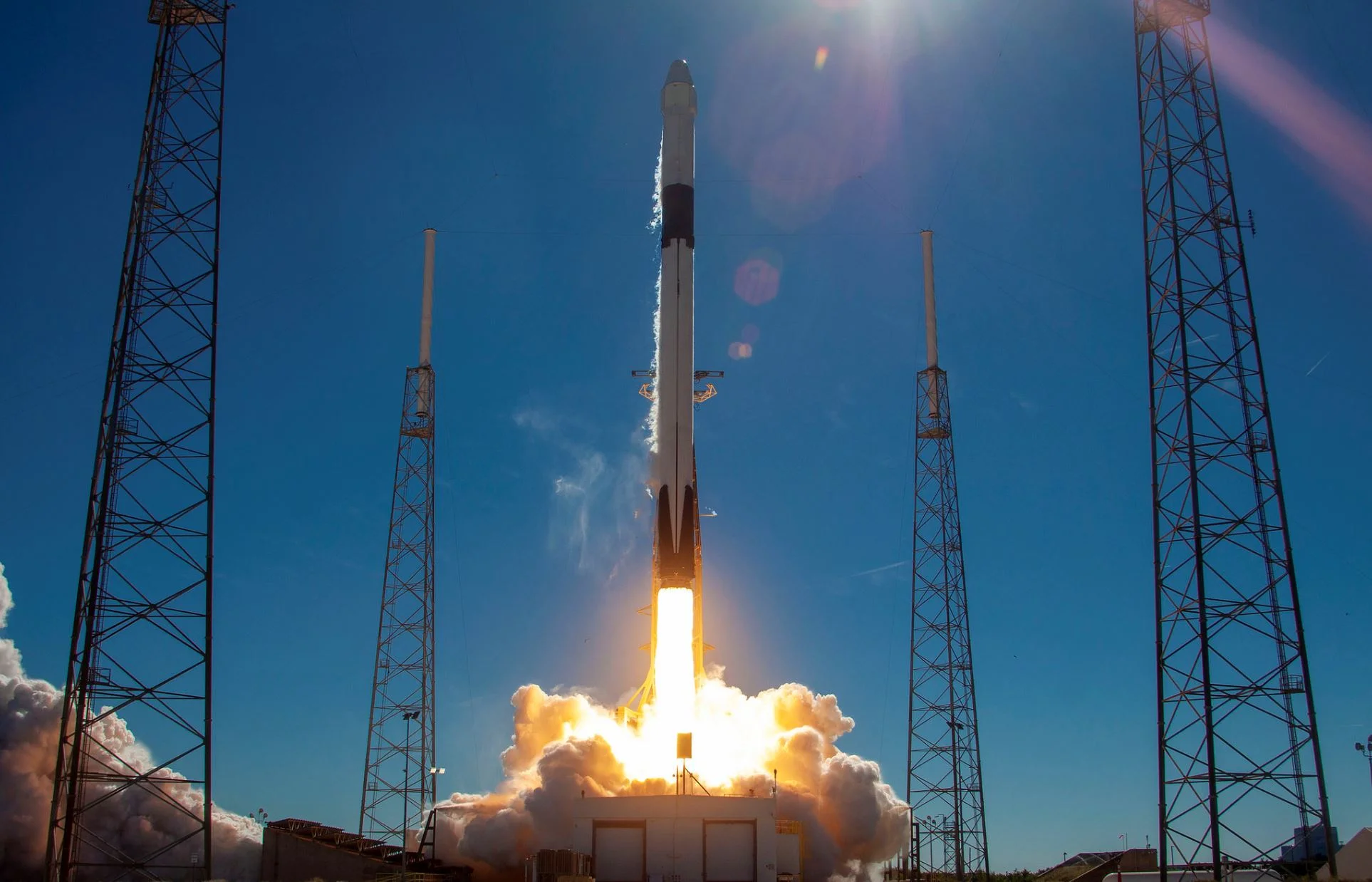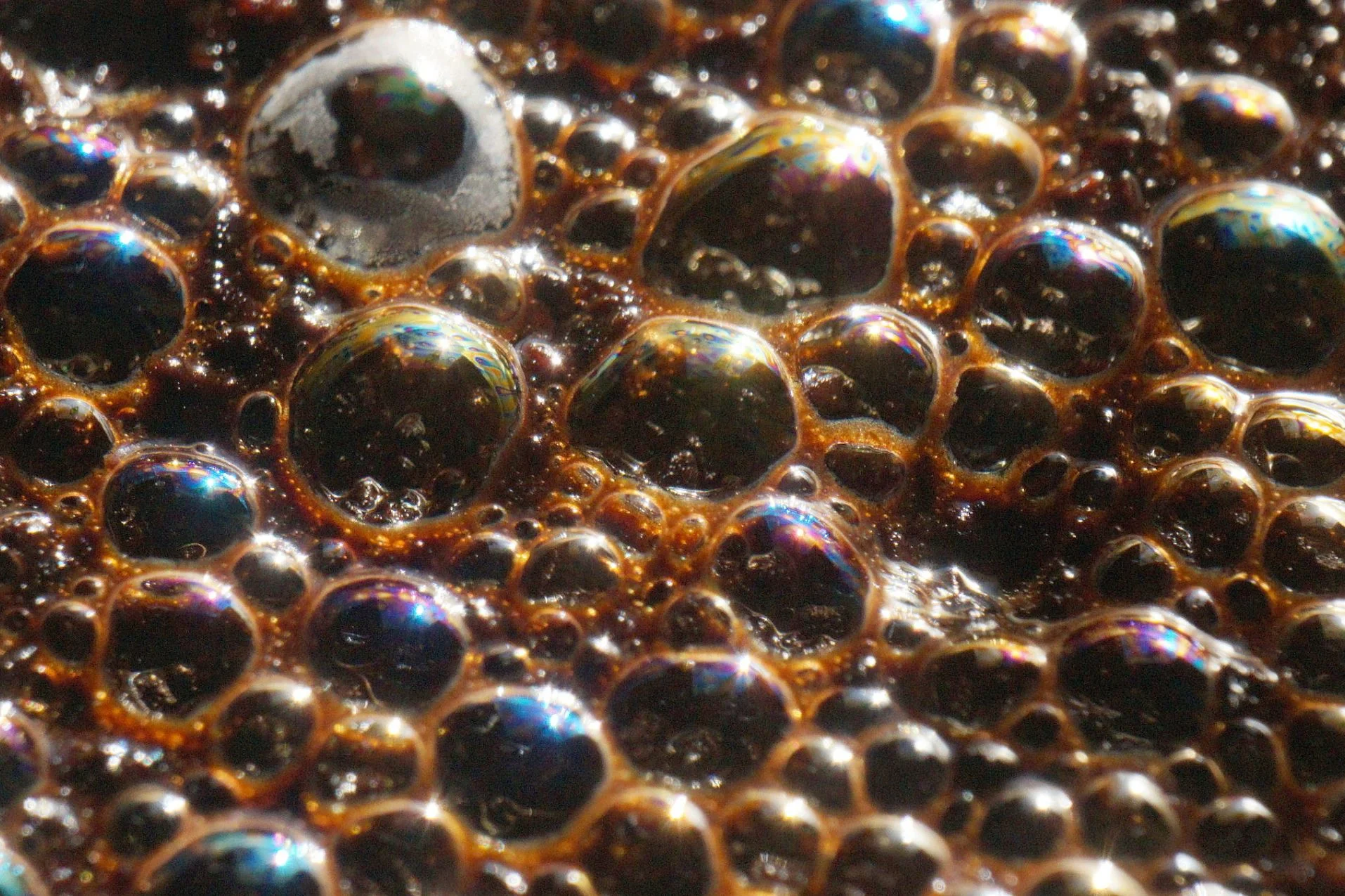Thousands of tons of highly radioactive spent fuel are in temporary storage in 35 US states, with no permanent solution in the works. Experts now show how to end this status quo.
Here are 20 Protoplanetary Disks, With Newly Forming Planets Carving Out Gaps in the Gas and Dust
The hunt for other planets in our galaxy has heated up in the past few decades, with 3869 planets being detected in 2,886 systems and another 2,898 candidates awaiting confirmation. Though the discovery of these planets has taught scientists much about the kinds of planets that exist in our galaxy, there is still much we do not know about the process of planetary formation.
Nope, oxygen on exoplanets doesn’t always mean life
Just discovered! “Farout”, the Farthest Object Ever Seen in the Solar System
When teens sleep in, grades go up
Mars InSight Lander Seen in First Images from Space
On Nov. 26, NASA's InSight mission knew the spacecraft touched down within an 81-mile-long (130-kilometer-long) landing ellipse on Mars. Now, the team has pinpointed InSight's exact location using images from HiRISE, a powerful camera onboard another NASA spacecraft, Mars Reconnaissance Orbiter (MRO).
Time travel is possible – but only if you have an object with infinite mass
Exoplanet is vanishing—and really fast
A Supernova 2.6 Million Years Ago Could Have Wiped Out the Ocean’s Large Animals
For many years, scientists have been studying how supernovae could affect life on Earth. Supernovae are extremely powerful events, and depending on how close they are to Earth, they could have consequences ranging from the cataclysmic to the inconsequential. But now, the scientists behind a new paper say they have specific evidence linking one or more supernova to an extinction event 2.6 million years ago.
NASA's Juno Mission Halfway to Jupiter Science
On Dec. 21, at 8:49:48 a.m. PST (11:49:48 a.m. EST) NASA's Juno spacecraft will be 3,140 miles (5,053 kilometers) above Jupiter's cloud tops and hurtling by at a healthy clip of 128,802 mph (207,287 kilometers per hour). This will be the 16th science pass of the gas giant and will mark the solar-powered spacecraft's halfway point in data collection during its prime mission.
Diamonds are forever – whether made in a lab or mined from the earth
Preparing for Discovery With NASA's Parker Solar Probe!
Weeks after Parker Solar Probe made the closest-ever approach to a star, the science data from the first solar encounter is just making its way into the hands of the mission's scientists. It's a moment many in the field have been anticipating for years, thinking about what they'll do with such never-before-seen data, which has the potential to shed new light on the physics of our star, the Sun.
Making Australia a renewable energy exporting superpower
NASA’s Newly Arrived OSIRIS-REx Spacecraft Already Discovers Water on Asteroid!
Australia is still listening to Voyager 2 as NASA confirms the probe is now in interstellar space
You make decisions quicker and based on less information than you think
Hunting for rare isotopes: The mysterious radioactive atomic nuclei that will be in tomorrow’s technology
When you hear the term “radioactive” you likely think “bad news,” maybe along the lines of fallout from an atomic bomb. But radioactive materials are actually used in a wide range of beneficial applications. In medicine, they routinely help diagnose and treat disease. Irradiation helps keep a number of foods free from insects and invasive pests. Archaeologists use them to figure out how old an artifact might be. And the list goes on.
The problems with small satellites – and what Australia’s Space Agency can do to help
Mercury-Bound BepiColombo is About to Start Using the Most Powerful Ion Engines Ever Sent to Space
A handful of spacecraft have used ion engines to reach their destinations, but none have been as powerful as the engines on the BepiColombo spacecraft. BepiColombo is a joint mission between the European Space Agency (ESA) and the Japan Aerospace Exploration Agency (JAXA.) It was launched on October 20, 2018, and has gone through weeks of in-flight commissioning. On Sunday it turned on its powerful ion thrusters for the first time.
Bizarre ‘dark fluid’ with negative mass could dominate the universe – what my research suggests
It’s embarrassing, but astrophysicists are the first to admit it. Our best theoretical model can only explain 5% of the universe. The remaining 95% is famously made up almost entirely of invisible, unknown material dubbed dark energy and dark matter. So even though there are a billion trillion stars in the observable universe, they are actually extremely rare.

